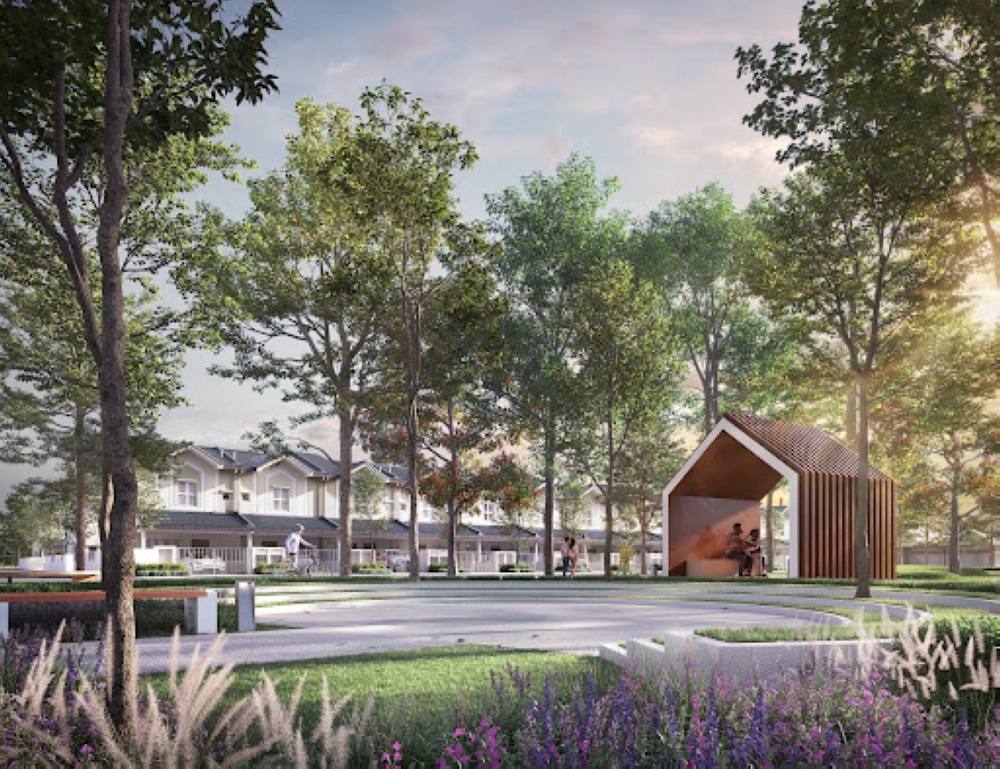Pursuit of peacefulness: Why more young Malaysian couples prefer to live in quieter suburbs these days
KUALA LUMPUR, June 24 – There was a time when Petaling Jaya was considered “too far” to move to... satellite cities like Subang Jaya were not the first choice of many families then.
In recent years, the hustle and bustle of city life has prompted the younger demographic in Malaysia to embrace suburban living, seeking peace without having to forego conveniences.
This trend was given an extra push during the pandemic when people sought the refuge and space of living away from the crowded city.
At the same time, the rising prices of properties near the city centre drove young couples looking to buy their first homes to look further into suburban living.
There are several factors influencing this shift.
A major one, of course, is affordability. According to the 2022 study “A Descriptive Analysis of Housing Affordability in Malaysia,” housing prices have risen faster than incomes, making homeownership increasingly challenging.
The median multiple (MM), a metric used to assess affordability, has been above the 3.0 threshold since around 2000, indicating a move from moderate affordability to severe unaffordability at its peak in 2016.
Although the MM has improved slightly since then, homes still remain largely out of reach for many, with the overall ratio indicating that housing remains a significant concern.
Another factor is the changing housing preferences among Malaysian youths.
A 2016 study “The Housing Preference of Young People in Malaysian Urban Areas: A Case Study of Subang Jaya, Selangor,” revealed that about 70 per cent of young respondents preferred to live in landed homes rather than high-rise apartments.
Cost considerations, however, played a prominent role, with many opting for suburban housing because it tends to be more affordable.
The rise of flexible and remote work arrangements also contributed to this suburban shift.
In 2023, Malaysia officially recognised Flexible Working Arrangements under the Employment Act 1955, allowing employees to adjust their work hours or locations.
This flexibility encourages some to seek homes further from the city centre, where they can enjoy a quieter environment and better quality of life while still being able to work.
This combination of factors has prompted the development of new communities in areas like Seremban, parts of Sungai Buloh, and Semenyih.
Semenyih, in particular, has gained attention as an appealing option for those looking for tranquillity while remaining accessible.
Conveniently located near Kajang and Cheras, Semenyih offers excellent connectivity via major highways such as Lekas, Kajang Silk, SKVE, and PLUS.
The town boasts a variety of amenities, including shopping centres like Setia EcoHill Mall and Billion Shopping Centre, hypermarkets, schools, healthcare facilities, and recreational parks, satisfying everyday needs and adding to its attractiveness.

A new development in the area is Mah Sing’s M Legasi Semenyih.
Spread over 500 acres with a gross development value of approximately RM3.3 billion, this project features landed homes, a commercial zone, and green communal spaces.
Data shows that Semenyih is increasingly favoured by younger residents.
The town’s population now exceeds 101,000, with the median age around 32 years.
Furthermore, about 70 per cent of its residents are under 45 years old, indicating a vibrant, youthful community eager for a peaceful lifestyle close to urban hubs.
It is interesting to note that Subang Jaya which was once considered too far away and undesirable is now a thriving city where property has risen in value.
Semenyih looks set to be the next most desired place to live for young families.
Get Insurance Now



